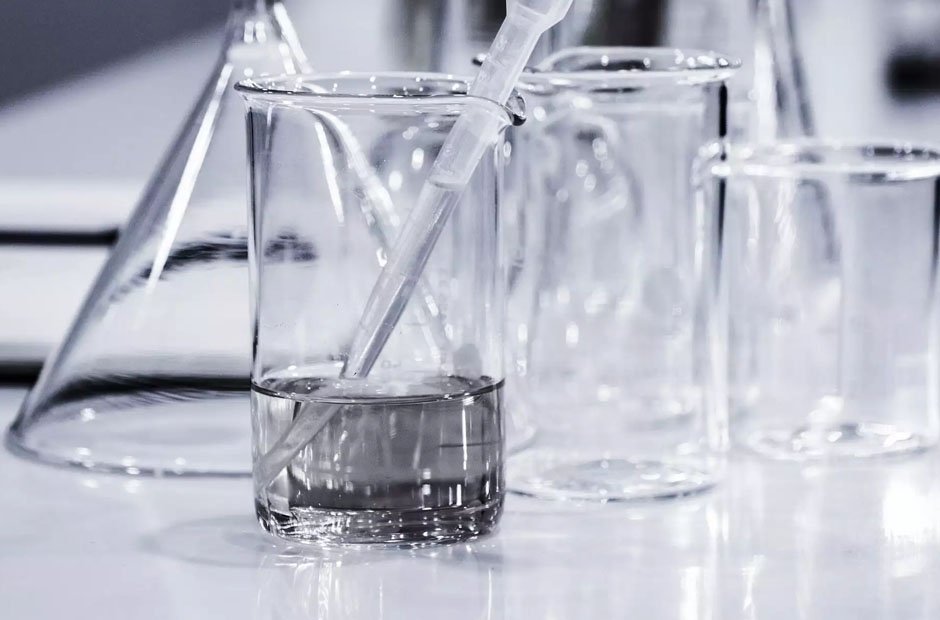Herbal extraction is about more than just pulling out plant compounds. It’s about targeting specific ones while leaving others behind. That’s why working with a Trusted Ethanol Distributor for Bulk Orders is key to getting consistent, customizable results.
Understanding Ethanol Concentration In Extraction
Ethanol is a widely used solvent in herbal extraction because of its balance between safety and efficiency. One of its most powerful features is that its performance can be fine-tuned by adjusting its concentration. The ratio of ethanol to water directly affects what gets extracted.
Pure ethanol (close to 100%) is less polar and ideal for drawing out non-polar compounds like oils, cannabinoids, and terpenes. Lower concentrations—say 70% ethanol and 30% water—are more polar and better at extracting water-soluble compounds like alkaloids, flavonoids, and some glycosides. This makes ethanol a versatile solvent for both broad-spectrum and selective extractions.
By changing ethanol’s concentration, you can control which molecules are extracted and which stay behind. That’s where the concept of “selectivity” comes in. It’s not just about getting more—it’s about getting the right stuff.
Why Selectivity Matters In Herbal Processing
Different herbal products require different compounds to be present. For instance, tinctures may focus on preserving a wide range of phytochemicals. Meanwhile, isolates and concentrates aim to remove everything except the main active compound.
Selectivity allows extractors to avoid unnecessary purification steps later. If you only extract what you need from the beginning, you save time, materials, and energy. That means fewer post-processing headaches and higher overall efficiency.
For commercial labs, this level of control can mean better product consistency and improved cost management. It’s not just good science—it’s good business.
Pure Ethanol: High Yield, Low Impurities
When targeting oils, waxes, and lipophilic compounds, near-pure ethanol is the preferred choice. Concentrations above 95% are excellent for pulling cannabinoids and essential oils from plant material. These high-purity extracts often have fewer unwanted substances like chlorophyll or tannins.
This makes pure ethanol ideal for producers focusing on full-spectrum cannabis oils or terpene-rich botanical blends. It also cuts down on winterization and filtration steps, which are often required to remove waxes extracted with other solvents.
However, using pure ethanol requires careful handling and storage due to its flammability. That’s where a trusted distributor can help ensure safety and compliance by providing the right support and documentation.
Diluted Ethanol: Targeting Water-Soluble Compounds
If your goal is to extract compounds like polysaccharides, polyphenols, or alkaloids, lower ethanol concentrations may be better. Ratios like 70/30 or 60/40 ethanol to water offer a more polar solvent environment. This shift in polarity makes it easier to extract water-soluble components.
Herbs like echinacea, turmeric, and licorice contain both oil- and water-based compounds. Using diluted ethanol allows you to pull more of those medicinal components without using multiple solvents. It’s a cleaner, more efficient method for complex plant profiles.
The ability to fine-tune this ratio is why many herbalists and formulators prefer ethanol over single-purpose solvents. You’re not locked into one extraction profile—you have flexibility.
Layered Extraction Strategies
Some advanced extraction processes use multiple ethanol concentrations in stages. For example, a high-concentration ethanol wash might come first to extract oils and terpenes. Then a second pass with diluted ethanol captures the remaining water-soluble compounds.
This stepwise approach allows for even greater selectivity and compound preservation. It also makes the downstream processing much easier. Different extracts can be stored, blended, or refined based on their chemical makeup.
This kind of strategic flexibility is only possible with a solvent like ethanol, where the concentration can be precisely controlled. It’s one of the reasons ethanol remains a top choice in both traditional herbalism and modern lab settings.
Partnering With The Right Ethanol Supplier
Ethanol quality and consistency are critical in herbal extraction. Variability in purity or formulation can alter your results and complicate compliance. Working with a reliable supplier ensures you’re getting exactly what your process requires—every time.
A qualified ethanol distributor can provide high-purity, food-grade, or specially denatured ethanol in various concentrations. They can also help you choose the right formulation based on your plant material and product goals. Bulk supply options ensure you never run short during peak production periods.
For herbal processors looking to scale or fine-tune their methods, partnering with a knowledgeable supplier makes all the difference. It turns ethanol from just a solvent into a precision tool.
Conclusion
Optimizing ethanol concentration isn’t just about improving yield—it’s about refining what you extract. The ability to adjust polarity gives you control, precision, and versatility. That’s why many rely on a Trusted Ethanol Distributor For Bulk Orders to meet their extraction needs.



